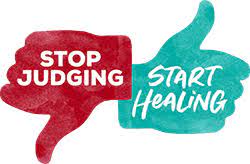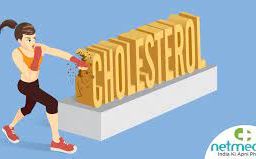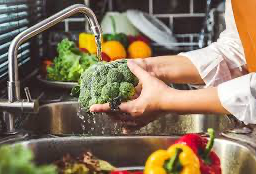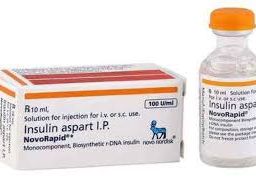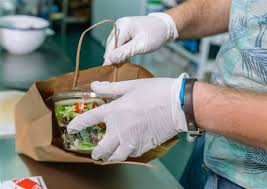
After Disaster Food Safety Tips for Health & Hygiene
In the aftermath of a disaster, ensuring “food safety” is paramount to safeguarding your health. Disrupted infrastructure and compromised storage conditions pose risks, making it crucial to follow these guidelines for handling food post-disaster. From assessing perishables to practicing safe cooking, prioritize these food saftey tips to prevent foodborne illnesses and protect your well-being.
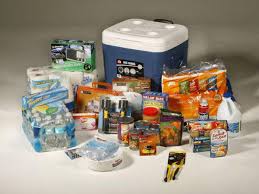
In the aftermath of a disaster, such as a tropical storm or hurricane, ensuring food safety becomes a critical priority. Disrupted infrastructure, power outages, and compromised food storage conditions can pose significant risks to the safety of the food supply. To prevent foodborne illnesses and protect your health, it is essential to follow proper food safety guidelines. In this post, we will provide you with important tips to keep in mind when handling food after a disaster.
Assess Food Safety:
Start by assessing the safety of perishable food items in your refrigerator and freezer. If the power has been out for more than four hours and the temperature inside the refrigerator exceeds 40°F (4°C), it is generally safest to discard all perishable items. This includes dairy products, meats, poultry, seafood, leftovers, and any other foods that require refrigeration. If at any point you suspect that a food item may be unsafe or spoiled, discard it immediately. Trust your instincts and prioritize your health over potential food waste. When in doubt, remember: “When in doubt, throw it out.” Follow the following food safety tips:
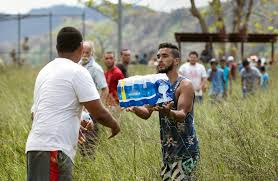
Food safety tips: Check Non-Perishable Items
Inspect non-perishable food items for any signs of damage or contamination. Discard any cans, jars, or packages that are dented, bulging, leaking, or showing other signs of compromise. Such damage can indicate bacterial growth or contamination that could lead to foodborne illnesses. Canned goods that are damaged, swollen, or have a foul odor should be discarded, as they may indicate contamination or spoilage. When opening cans, thoroughly clean the lid and the area around it to remove any potential contaminants.
Be Cautious with Food Donations:
In the aftermath of a disaster, food donations often play a significant role in supporting affected communities. If you receive food donations, carefully inspect the packaging for signs of damage or spoilage. Only accept non-perishable items that are properly sealed and labeled.

Maintain Cleanliness:
After a disaster, it’s essential to maintain proper cleanliness and hygiene when handling food. Wash your hands thoroughly with soap and clean water before and after preparing meals. If water is scarce, use hand sanitizers with at least 60% alcohol content. Additionally, sanitize all food preparation surfaces, utensils, and cutting boards with a bleach solution (1 tablespoon of unscented bleach per gallon of water) to minimize the risk of cross-contamination.
Use Safe Water Sources:
Ensure that you are using safe water sources for cooking, cleaning, and preparing food. If tap water is not available or has been compromised, use bottled water for these purposes. If bottled water is also unavailable, you can boil water for at least one minute to kill any potential pathogens. Let it cool before using it for food preparation or consumption.
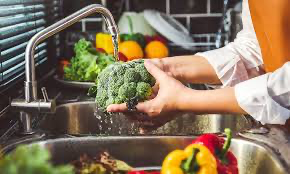
Temporary Food Storage:
If refrigeration is not available, prioritize the use of non-perishable food items. Canned goods, dried fruits, nuts, and shelf-stable items like peanut butter can serve as nutritious options. Keep food in a cool, dry place away from direct sunlight and pests. Consider using ice chests or coolers with ice packs to temporarily store perishable items if available.
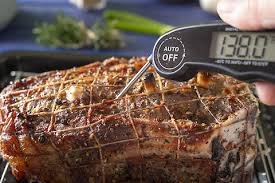
Practice Safe Cooking Practices:
Cook food to proper internal temperatures to kill any harmful bacteria. Use a food thermometer to ensure that meats, poultry, fish, and other potentially hazardous foods reach their recommended safe temperatures. Refer to food safety resources for specific temperature guidelines. Avoid consuming undercooked or raw food, as they can pose significant health risks.
Aim for the following minimum internal temperatures:
– Poultry (chicken, turkey): 165°F (74°C)
– Ground meats: 160°F (71°C)
– Steaks, roasts, fish: 145°F (63°C)
Alternative Cooking Methods:
If your regular cooking methods are unavailable due to power outages, explore alternative cooking methods such as grilling, camping stoves, or solar cookers. Ensure proper ventilation when using alternative cooking equipment indoors to prevent carbon monoxide buildup. Follow the manufacturer’s instructions for safe operation.

Be Mindful of Cross-Contamination:
Prevent cross-contamination by keeping raw meats, seafood, and poultry separate from other foods during storage, preparation, and cooking. Use separate cutting boards and utensils for these items. Avoid using the same plate or utensils for raw and cooked foods to prevent the transfer of bacteria.
Consume Ready-to-Eat Foods Safely:
Ready-to-eat foods, such as canned goods and packaged snacks, can be consumed directly after checking for any damage or spoilage. However, be cautious with products that require refrigeration after opening, such as deli meats or cheese. If in doubt about the safety of a particular food item, discard it to avoid the risk of foodborne illness.
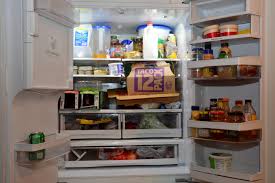
In the aftermath of a disaster, proper food safety practices are essential to safeguard your health and prevent food-borne illnesses. Remember to discard perishable foods that may have been compromised, inspect non-perishable items for damage, and maintain cleanliness during food handling. Use safe water sources, cook foods to appropriate temperatures, and be mindful of food-borne illnesses. Remember to prioritize your health and follow recommended food safety tips to navigate challenging times and promote the well-being of yourself and your loved ones.
Disclaimer: The information provided in this content is for general informational purposes only. It is not intended as medical or healthcare advice, diagnosis, or treatment. Always seek the advice of a qualified healthcare professional with any questions you may have regarding a medical condition or healthcare decisions.




